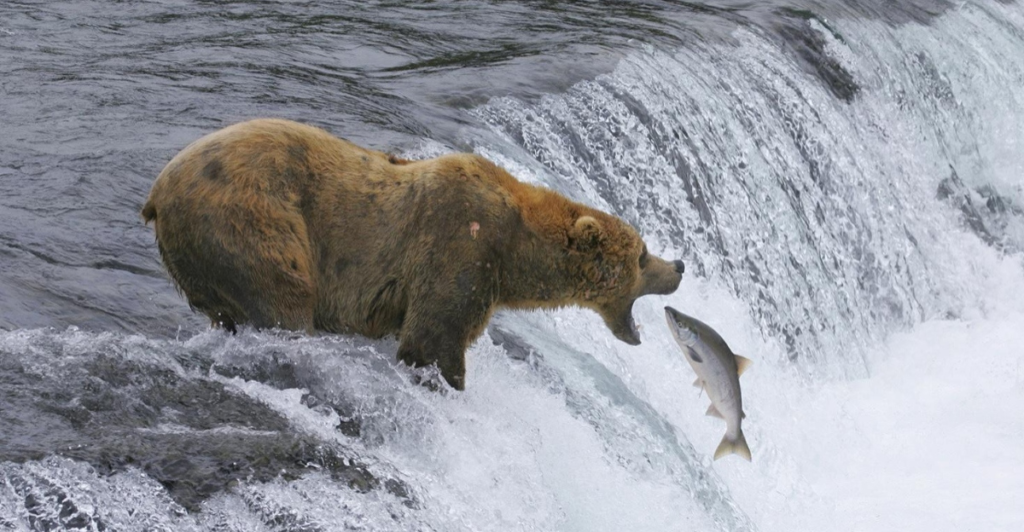
Officials in Alaska are advocating for the culling of grizzly bears to protect endangered Mulchatna caribou herds. Their numbers have dropped significantly from 200,000 in 1997 to just 12,000 to 14,000 today. State biologists believe that this is due to grizzly bears attacking and preying on caribou calves. Approximately 20% of calf mortality is due to bear attacks.
The culling program, which saw 94 bears killed in 2023 and 81 in 2024, is part of Alaska’s Intensive Management Act, which prioritizes wildlife management for human subsistence. They are aiming to stabilize these caribou populations for the survival of rural communities. While critics have condemned the ethics of predator control, proponents argue it is necessary to prevent ecological collapse and ensure food security.
Historical Context of Predator Control
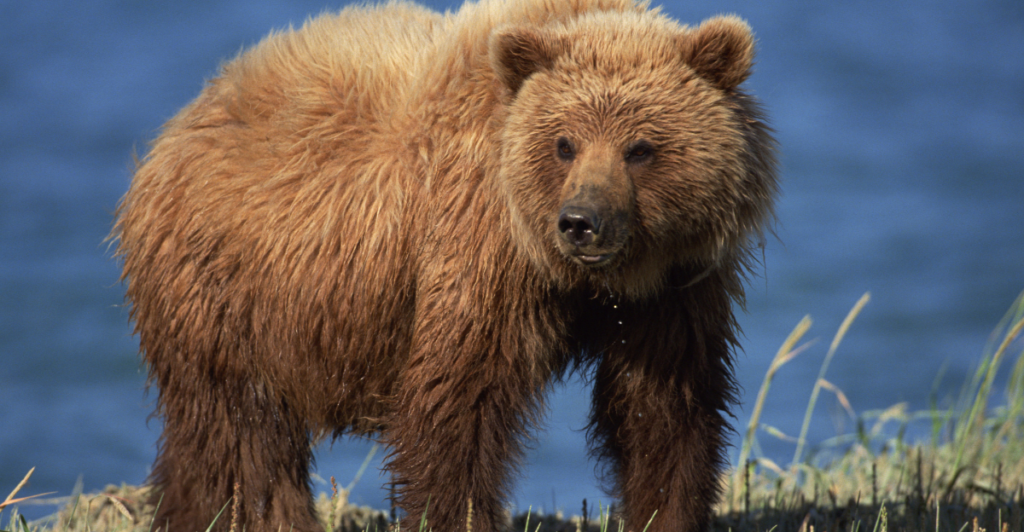
Predator control has been a part of wildlife management strategies for a very long time. Back in the early 1900s, wolf eradication efforts were put into place in Yellowstone National Park to help elk populations bounce back. However, that move eventually led to unexpected disruptions in the ecosystem. Similarly, Alaska implemented aerial wolf control programs in the 1950s to stabilize moose and caribou herds.
The current grizzly bear culling program has learned from past wildlife management efforts and uses updated tools like GPS tracking to better monitor the survival of caribou. While some view these tactics as too extreme, past evidence shows that reducing predator numbers can give short-term relief during environmental crises. According to Alaska officials, without this kind of intervention, the Mulchatna herd could suffer permanent losses, which will put the region’s biodiversity and the well-being of local communities at serious risk.
The Subsistence Imperative
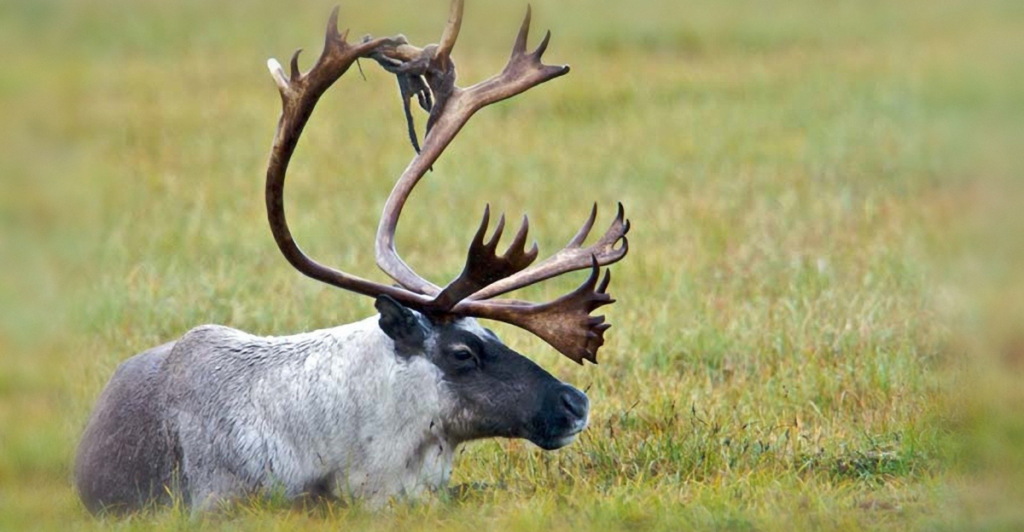
The Mulchatna caribou herds are more than just a food source for the Indigenous communities in Alaska, like the Yup’ik people. It is also an important part of their cultural identity and survival. Surveys have found that 68% of households in rural areas like Dillingham rely on caribou meat for sustenance during harsh winters.
The herd’s collapse threatens this subsistence lifestyle, which forces these communities to rely on expensive imported foods that are not culturally appropriate or nutritionally sufficient. While some Indigenous groups have ethical concerns about killing grizzly bears, others think that predator control is a necessary compromise to ensure food sovereignty. Alaska’s wildlife policies need to find a middle ground between respecting cultural traditions and protecting the environment, which shows how deeply connected conservation efforts are to the survival of local communities.
The Genetic Bottleneck Paradox
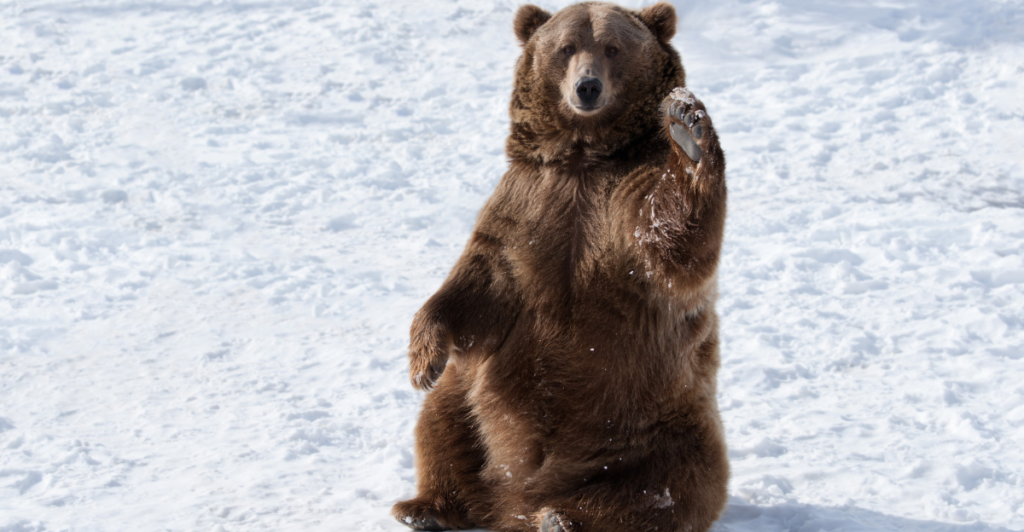
A surprising argument in favor of targeted grizzly bear culling is that culling could potentially strengthen bear populations over time. Overpopulation among these predators can lead to resource scarcity, stunted growth, and lower reproductive success. In Southwest Alaska, grizzly bears compete for dwindling salmon stocks, which has led to the increased predation of caribou calves.
By reducing bear populations, Alaska can replicate the effects of natural population crashes that force adaptive behaviors and improve genetic diversity. A similar approach was used in Utah’s cougar management program in 2015. This strategy resulted in a 22% increase in genetic diversity in the remaining population. This means that selective culling can benefit prey species like caribou and predator populations by restoring ecological balance.
Climate Change as Amplifier
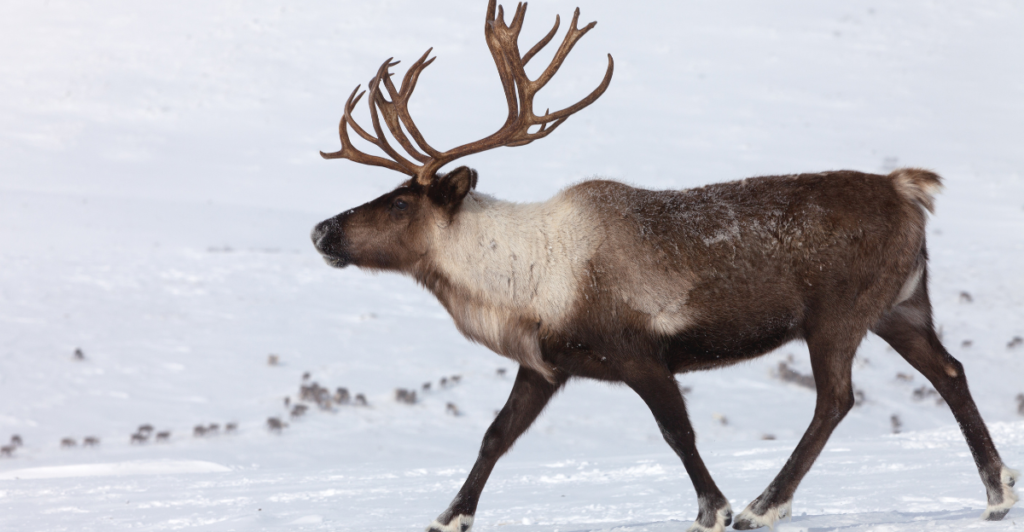
Climate change has also worsened the challenges faced by caribou and grizzly bears in Alaska. Warmer winters have caused increased disease outbreaks in caribou calves, and pneumonia-related deaths have increased by 40% between 2020 and 2024. Thawing permafrost has also disrupted traditional migratory routes, which has forced caribou into smaller areas where they are more vulnerable to predators.
At the same time, salmon runs have decreased significantly because of warming water, which has led to grizzly bears hunting other prey, like caribou calves. Predator control can serve as a temporary fix while long-term solutions, like habitat restoration, are implemented. Alaska has also invested $12 million into tundra reseeding projects to offset caribou overgrazing. It is important to note that without immediate intervention, the Mulchatna herd could fall below a critical threshold for recovery.
The Tourism Counterargument
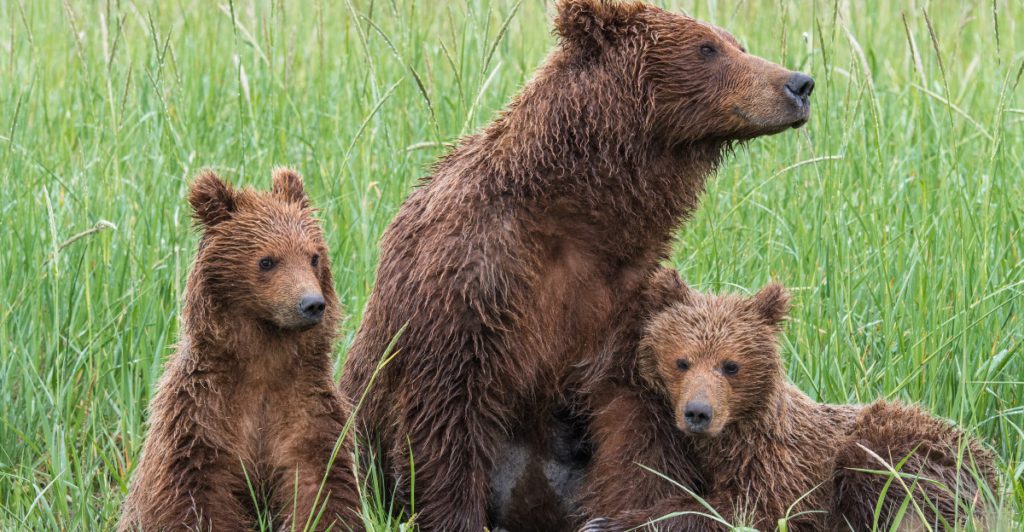
Objectors of grizzly bear culling like to point to Alaska’s thriving bear-viewing tourism industry as a reason to stop these programs. It is estimated that Katmai National Park makes around $600 million annually from visitors who are eager to see these iconic grizzlies fishing for salmon. However, it is important to note that the Mulchatna region lacks similar infrastructure and economic benefits. Only three lodges operate near the area where culling occurs.
It has been predicted that by restoring the caribou population, they could generate $280 million in hunting revenue over the next two decades, which far outweighs the potential losses from reduced bear tourism in this specific region.
Legal Precedent and Emergency Powers
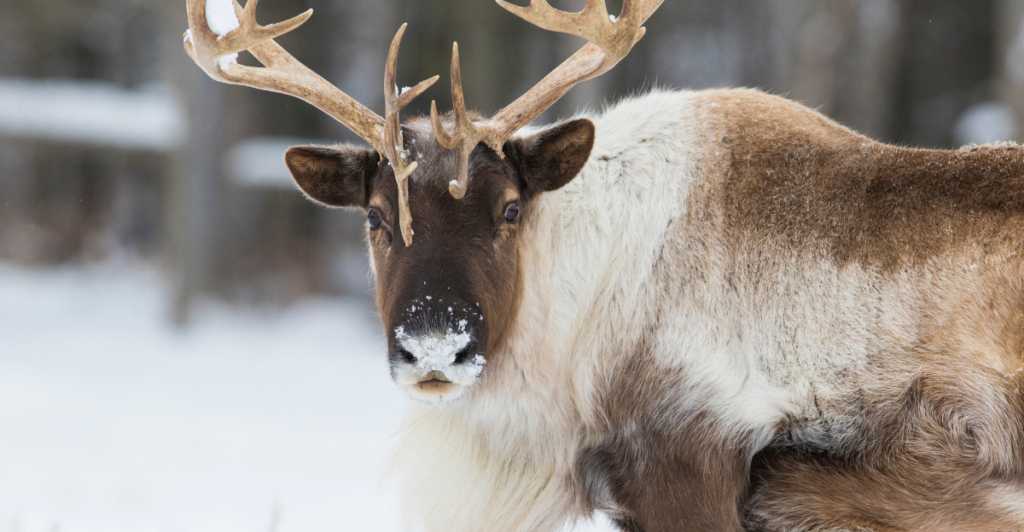
The legal framework supporting predator control is rooted in Alaska’s Constitution, which mandates resource management for “maximum use consistent with public interest.” This clause has been invoked in over 70% of emergency wildlife rulings since 2000. In March 2025, a state judge temporarily halted the grizzly bear culling program over procedural concerns but did not question its biological rationale.
Alaska officials have appealed this decision and argue that judicial interference undermines executive authority in managing wildlife crises. Past legal precedents suggest that courts often defer to state agencies during ecological emergencies. The outcome of this case could set a significant precedent for future predator management efforts across the United States.
The Silent Majority Paradox
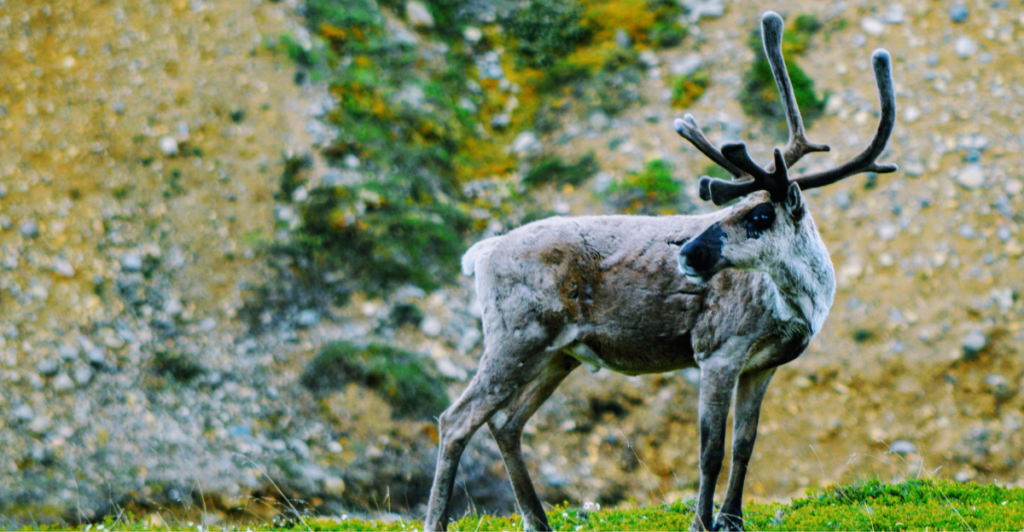
The public opinion on grizzly bear culling has revealed a clear divide between urban and rural communities in Alaska. Based on online surveys, more than 80% of respondents disagree with predator control programs. However, public hearings near the affected areas found that almost two-thirds of local residents support them.
This urban-rural divide mirrors global conservation debates, like Africa’s elephant culling controversies, where Western sentiment often conflicts with local realities. In rural Alaska, people who rely on hunting for food focus more on survival than on ethical debates about predators.
The CRISPR Future
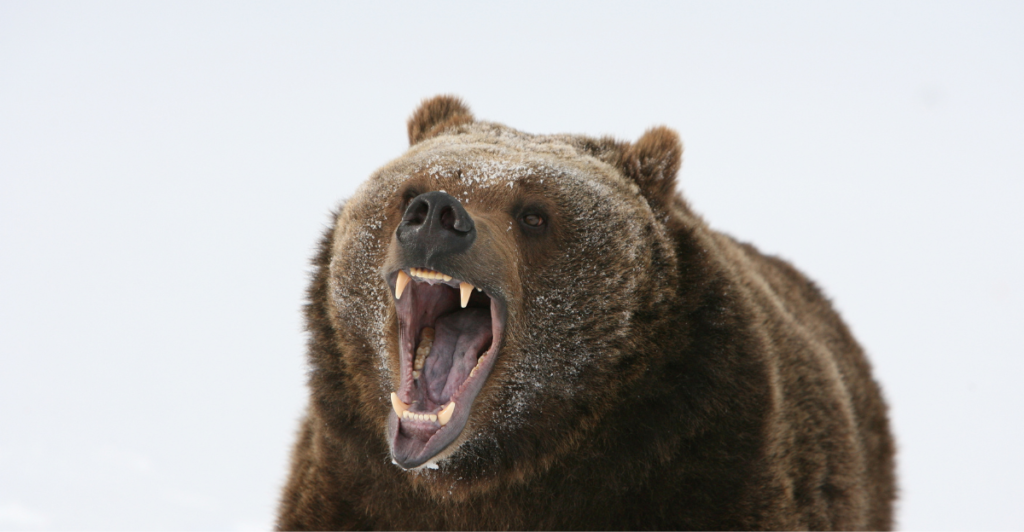
With advancements in technology, genetic engineering could become a future alternative to traditional predator control methods like culling. Early experiments using CRISPR-Cas9 have shown the potential to change predator behavior without reducing their numbers.
In one case, scientists were able to modify black bears’ genes, which lowered their dependence on carrion by about 57%. Although this is still in the experimental stage and raising ethical questions, this approach could one day replace lethal methods by targeting the root causes of predation. Alaska officials are watching these developments closely while they are exploring long-term strategies to manage predator-prey relationships with less direct human impact.
A Calculated Gambit
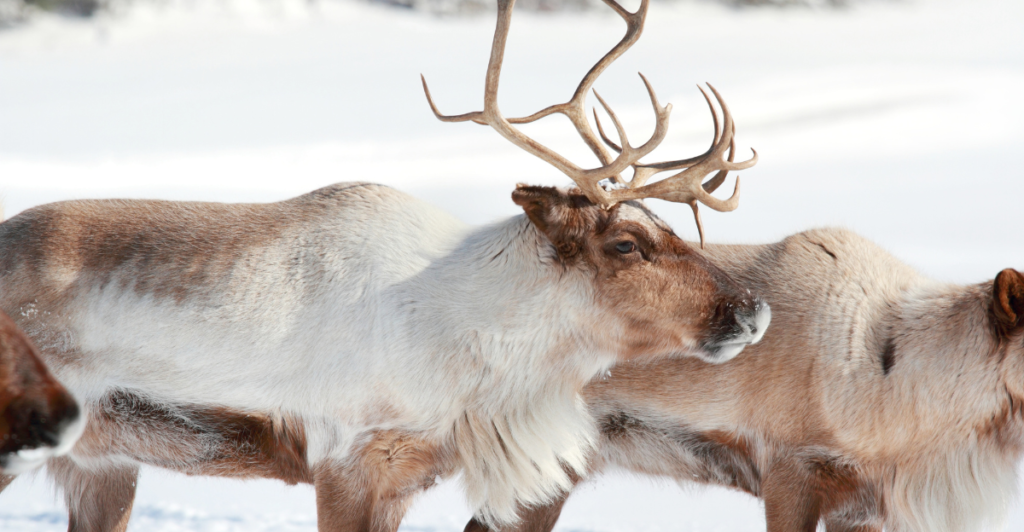
The push for grizzly bear culling reflects Alaska’s pragmatic approach to an ecological crisis with no easy solutions. As climate change worsens habitat loss and overgrazing strains the already shrinking range of the Mulchatna caribou herd, state officials see predator control as a short-term solution to avoid broader species collapse.
Past efforts show that, when combined with habitat restoration and climate adaptation, these measures can work in the short term. However, real success depends on how carefully the plan is carried out and how openly it’s communicated to both urban and rural communities. In the end, Alaska’s strategy shows a difficult reality: protecting both ecosystems and people involves tough choices that challenge traditional conservation values.
Explore more of our trending stories and hit Follow to keep them coming to your feed!

Don’t miss out on more stories like this! Hit the Follow button at the top of this article to stay updated with the latest news. Share your thoughts in the comments—we’d love to hear from you!







